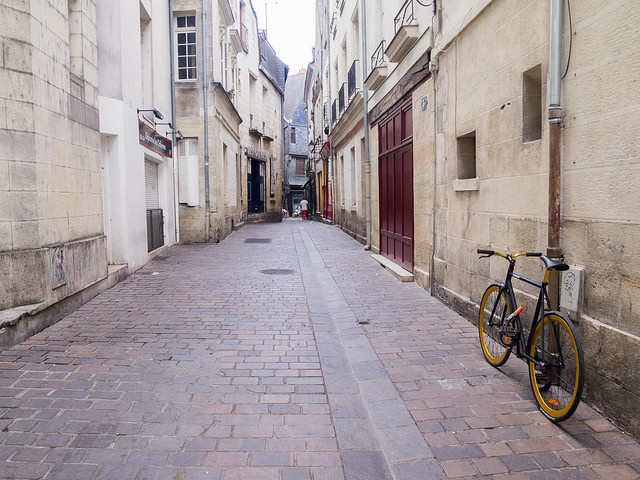Lifestyle
TASTE OF THE TOUR: Donkey ears on daunting Alpe d’Huez

For the last of three days in the Alps, the Tour scales arguably its most iconic mountain — Alpe d’Huez and its 21 hairpin bends — on Thursday. (Photo by Antonio Alelu/Flickr, CC BY-NC-ND 2.0)
LA ROSIERE, France — Lasagna named after a donkey’s ears and a nip of Chartreuse liqueur await the cyclists of the Tour de France on their way up one of the race’s famous summits.
For the last of three days in the Alps, the Tour scales arguably its most iconic mountain — Alpe d’Huez and its 21 hairpin bends — on Thursday.
Even before starting the 13.8-kilometre (8.5-mile) climb with an 8.1 per cent gradient to the ski resort, riders will be pushed to their limits to overcome the increasingly difficult ascents of Col de la Madeleine, Lacets de Montvernier, and Col de la Croix de Fer (at an altitude of 2,067 metres).
Here’s a gastronomic, sporting and cultural glance at the route for Stage 12:
BAGUETTE AND BUTTER: Riders have been saving their reserves for this final 175.5-kilometre (109-mile) ordeal in the Alps before the Tour heads to flatter terrain. The stage starts in Bourg-Saint-Maurice Les Arcs and it will be interesting to see how Team Sky handles its tactics with Geraint Thomas and Chris Froome sitting 1-2 in the overall standings.
PLAT DU JOUR: Oreilles d’ane (Ears of a donkey) is a lasagna-like calzone stuffed with wild spinach or meat between layers of pasta and cheese. Cheese features heavily in Alpine cuisine. And don’t worry – no donkeys are harmed in the making of this dish. Reassuringly, it’s named after spinach leaves that resemble donkey’s ears.
CULTURE: After 106 kilometres, the route enters the town of Saint-Jean-de-Maurienne, home to the wooden-handled Opinel knife beloved of campers across the Alps. The town is named after John the Baptist and the cathedral that is said to house his relics. It was founded for the purpose in the sixth century, later rebuilt and expanded. The cathedral houses a crypt considered a masterpiece of Romanesque art.
VIN DU JOUR: Isere, on the edge of the Alps, is sandwiched between two well-known wine regions – Savoie to the north and Rhone to the south – but it has its own specialties in Coteaux du Gresivaudan, Balmes Dauphinoises and Collines Rhodaniennes.
HISTORY: Fausto Coppi was the first to conquer the 21 bends leading up to Alpe d’Huez in 1952, before it became known as “Dutch mountain” due to a succession of wins by Joop Zoetemelk, Hennie Kuiper and Peter Winnen. Raucous Dutch fans still line the route to encourage their compatriots any way they can. And Dutch riders still lead with eight stage victories, followed by Italians with seven, French with four and Spanish with three.
In 2013, for its centenary, the Tour indulged itself with the treat of climbing Alpe d’Huez twice.
STAT OF THE DAY: 1 hour, 5 minutes, 33 seconds — The amount of time that Mark Cavendish finished behind Stage 11 winner Geraint Thomas, eliminating him from the race for missing the time limit of 31 minutes.
QUOTE OF THE DAY: “I just hope I can get up there.” — Four-time champion Chris Froome, speaking Wednesday, on facing the daunting Alpe d’Huez.
DIGESTIF: Chartreuse was a relatively little-known liqueur made by monks whose modesty prevented them from bragging about it. But it was given a shot of fame when Quentin Tarantino boasted it’s “the only liquor so good they named a colour after it” after downing the drink in his 2007 film “Death Proof.”
The monks at the Grande Chartreuse monastery have been trying to keep up with demand for the sweet-tasting green or yellow drink ever since. It’s made from about 130 herbs, flowers and plants, and has reputed medicinal properties.
NEXT ORDER: Stage 13 from Bourg d’Oisans to Valence on Friday should provide the riders some relative relief away from the mountains and allow the sprinters to shine again.





















